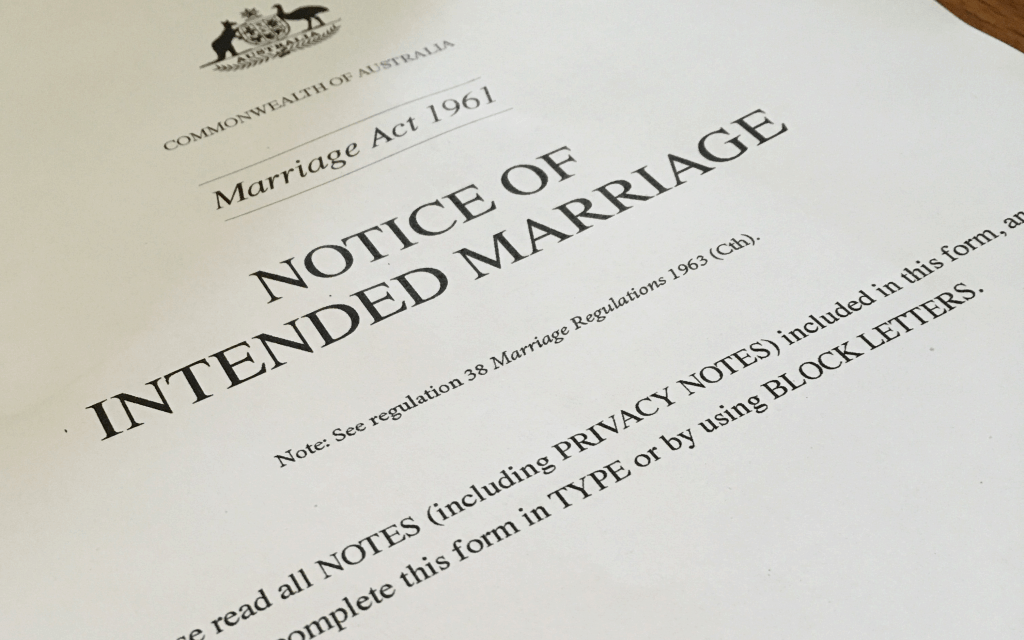Notices of Intended Marriage signed in Australia can be witnessed by people with a number of different qualifications. Most are pretty straightforward: an authorised celebrant, a justice of the peace, a barrister or solicitor, or a member of the Australian Federal Police or the police force of a State or Territory. Easy, right?
There’s one qualification on the list that trips up a lot of couples and a lot of celebrants: legally qualified medical practitioner. What exactly does that mean?


Recent Comments